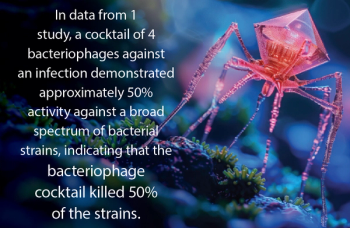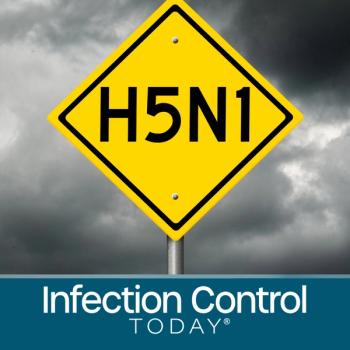
Soap-Sniffing Technology Encourages Handwashing
Call it a Breathalyzer for the hands. Using sensors capable of detecting drugs in breath, new technology developed at University of Florida monitors healthcare workers' hand hygiene by detecting sanitizer or soap fumes given off from their hands.
By reminding workers to clean their hands to remove disease-causing organisms such as the bacteria MRSA, the system could help reduce hospital-acquired infections and save millions of dollars now spent to treat them.
The trademarked system, called HyGreen, logs, down to the second, the frequency of hand cleaning and contact with patients in a database that clinical supervisors can review immediately. This is the first system that enables real-time monitoring of handwashing.
"This isn't big brother, this is just another tool," said Richard J. Melker, MD, PhD, a UF College of Medicine anesthesiology professor who developed the technology along with professors Donn Dennis, MD, and Nikolaus Gravenstein, MD, of the anesthesiology department, and Christopher Batich, PhD, a materials science professor in the College of Engineering. "A hospital worker never wants to be responsible for someone getting sick or dying from an infection acquired in the hospital."
HyGreen is now being tested in the Neuro Intensive Care Unit at Shands at UF medical center, and will be presented at the annual meeting of the Association for Professionals in Infection Control and Epidemiology June 6-9 in Fort Lauderdale, Fla.
Here's how it works: The healthcare worker squirts sanitizer gel or soap into his or her hand before passing it under a wall-mounted sensor. A wireless signal from a badge worn by the worker activates a green light on the hand-washing sensor. When the worker enters a patient room, a monitor near the bed detects the status of the badge, and flashes green if the person has clean hands. If the person has not washed, or too much time has passed between washing and approaching the patient, the badge will give a gentle "reminder" vibration.
"I do wash my hands more often," said Carrie McGirr, RN, who volunteered to help test the HyGreen system. "It's a fairly simple process to learn."
Close to 2 million hospital-acquired infections occur each year and more than 250 related deaths occur each day in the United States, according to the Centers for Disease Control and Prevention.
"A substantial number of those are preventable, and also one of the key modes of transmission is via the hands of health-care personnel and patients," said Dr. Lennox Archibald, a professor of infectious diseases at the UF College of Medicine, and the Shands at UF epidemiologist leading the evaluation of HyGreen.
Six pathogens, including the ones known as MRSA and VRE, account for two-thirds of all hospital-acquired infections and are readily transmitted by hand.
Studies have shown that up to half of all hospital-acquired infections might be prevented if healthcare workers washed their hands according to guidelines set forth by the CDC. It costs at least $30 billion a year in additional spending to treat hospital-acquired infections. The Center for Medicare and Medicaid Services last year ruled that it would no longer reimburse hospitals for the expense of treating the infections.
Today, more than 160 years after Hungarian physician Ignaz Semmelweiss was ridiculed for suggesting that hand washing by doctors who moved directly from working with cadavers to delivering babies could reduce fatal cases of birth-related infection, the practice still meets with resistance.
"But it's not because people don't want to do it," Archibald said. "It's not inherent in people's behavior to wash their hands, for some reason."
Various studies show that healthcare workers wash their hands less than half the time after direct contact with patients. The reasons people give include skin irritation caused by hand hygiene products, a preference for gloves or simply failure to remember.
Previous handwashing compliance studies have been based on observation of a limited number of people at a time, who likely improve their behavior when they know they are being watched — a phenomenon known as the Hawthorne effect.
"This system is a noninvasive way of measuring — it allows for nonbiased measurement and is unobtrusive," said Loretta Fauerbach, Shands at UF director of infection control, who helped write the CDC hand-washing guidelines and leads the collaboration with HyGreen to evaluate the system in a hospital setting.
"Nobody has ever taken a systems approach to this problem before," said Melker, chief technology officer of Xhale Inc., which is marketing HyGreen.
Developers anticipate that hospitals will readily accept the system because not only can it help reduce infections, it also will pay for itself within a few months.
"Something has to be done about handwashing," Archibald said. "Otherwise the bugs are going to win."
Newsletter
Stay prepared and protected with Infection Control Today's newsletter, delivering essential updates, best practices, and expert insights for infection preventionists.





